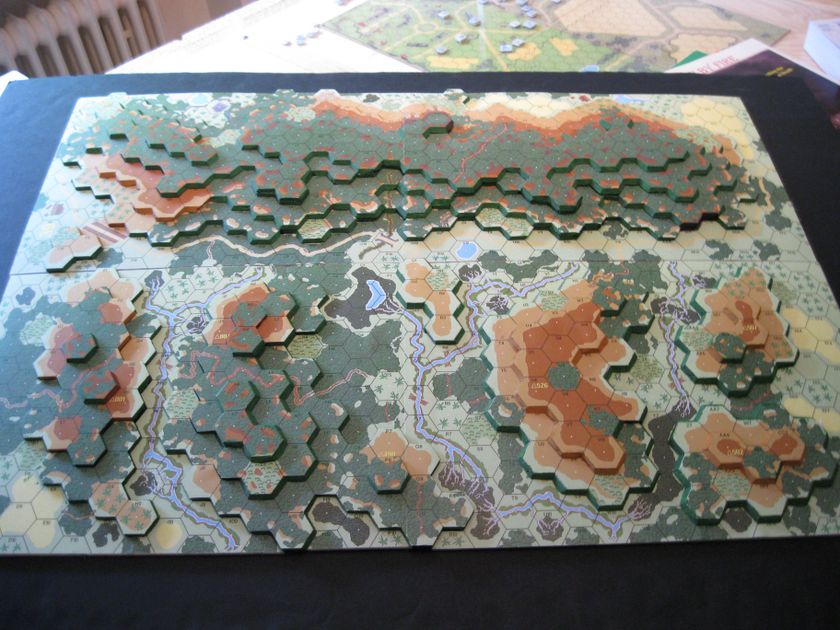


An option labeled Add New Gameplay Tag will appear, and this option can be used to add new Gameplay Tags to any existing Gameplay Tag. ini files found under the Config/Tags path. By checking the Import Tags From Config option, Config/DefaultGameplayTags.ini will be loaded, as well as all Gameplay Tags in any. The easiest way to add Gameplay Tags is to enter them manually in the Project Settings menu. ini files in the "GameplayTags" folder.Īll three methods are set up under Project Settings, by opening the Gameplay Tags tab under the Project section.

You can create (or delete) Tags in three ways:īy manually adding or removing them in the Project Settings menu.īy creating and editing. This can be done in three ways via editor functionality. Gameplay Tags must be added to the central tag dictionary for the engine to be aware of them. Gameplay Tags (or Gameplay Tag Containers) can be added to any project, associating objects with conceptual labels that can then be used to identify, match, categorize, or filter them (as needed) for your project. Since game objects frequently have multiple tags, Gameplay Tag Containers (using the type FGameplayTagContainer) are provided and can handle a variety of additional queries. Individual tags are lightweight and use the type FGameplayTag. Note that the existence of "" implicitly means that "Family.Genus" and "Family" Gameplay Tags also exist. These tags can have any number of hierarchical levels, separated by the "." character for example, a Gameplay Tag with three levels would take the form of "", with "Family" being the broadest identifier in the hierarchy, and "Species" being the most specific. Gameplay Tags are conceptual, hierarchical labels with user-defined names.


 0 kommentar(er)
0 kommentar(er)
